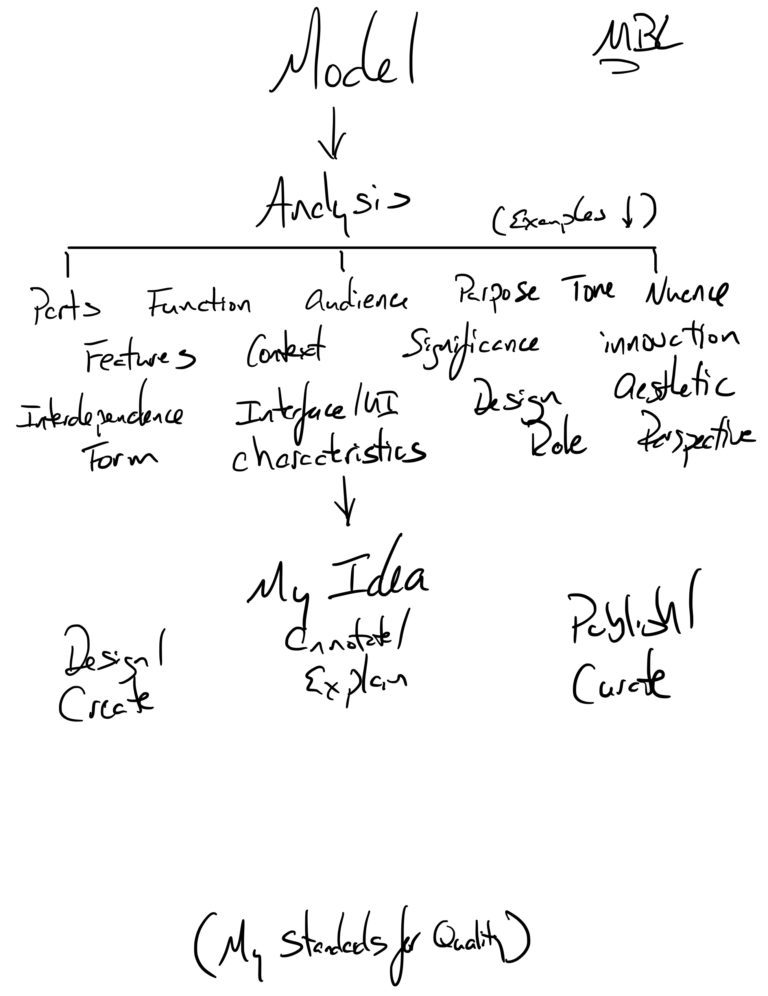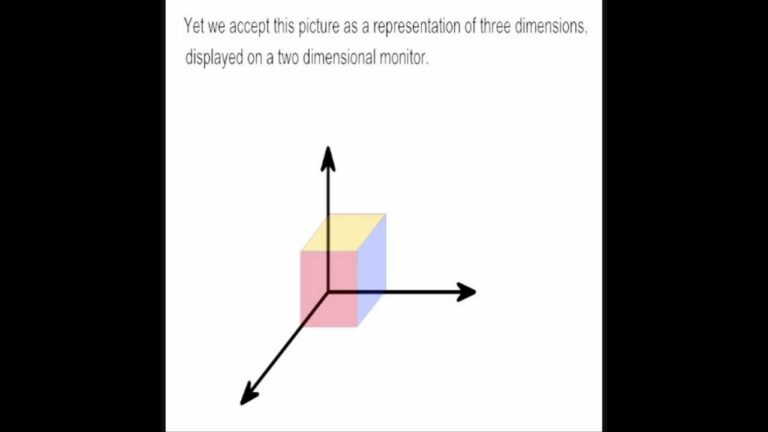What is honey and how is it made?
Honey is basically viscous, liquid sugar. More specifically, it composed mostly of the sugars glucose and fructose.
95 to 99.9 % of the solid material in honey are sugars. When you eat honey, your body doesn’t know the difference between glucose and fructose. Your body converts them both into blood sugar, which is then transported around the body. When you eat pure cane sugar, the body knows there’s no problem converting it into blood sugar. But if you eat honey, your blood sugar will rise faster. This is because honey has less fructose than cane sugar.
What does honey taste like? Honey has a sweet taste that varies depending on the type of flower from which it was collected. The color may vary as well. For example, yellow honeys have a stronger taste than white honeys. Honey is made up of two types of sugars: monosaccharides and disaccharides. Monosaccharides are simple sugars such as glucose and fructose. Disaccharides are complex sugars containing two monosaccharide units linked together. There are three major classes of disaccharides found in honey: maltose, lactose and melibiose. Maltose is the most common disaccharide found in honey. Lactose is the second most common and melibiose is the least common. Melibiose is not found naturally in honey.
Bees need two different kinds of food. One is honey made from nectar, the sugary juice that collects in the heart of the flowers. The other comes from the anthers of flowers, which contain numerous small grains called pollen. Just as flowers have different colours, so do their pollen. (honeybee.org.au)
According to Bee Culture, “Honey bees don’t just gather the nectar, they change the nectar chemically. They produce an enzyme called invertase in their salivary glands. Enzymes are organic compounds that speed up a biochemical reaction. These enzymes are not used up in the reaction, so they can be used over and over again. After the nectar is gathered by the bee, invertase is added. This enzyme helps change sucrose into equal parts glucose and fructose. It’s the beginning of honey. Other enzymes also help honey taste better. Amylase is an enzyme that helps break down amylose into glucose. Glucose is easier to digest and it’s what makes honey sweeter. Another enzyme, glucose oxidase, then breaks down the glucose and stabilizes the pH of the honey. Catalase changes hydrogen peroxide into water and oxygen. This keeps the hydrogen peroxide content low. (Even though some people believe that the hydrogen peroxide in honey is what helps preserve it, it’s probably due more to its slightly acidic pH and low water content.)
The bee then takes the pollen back to the hive where it is mixed with honey and fed to the larvae. Some pollen is used by the adult worker bees to produce new cells in the comb. This is known as brood rearing. Pollen is also used by nurse bees to feed young larvae.
In addition to pollen, honeybees collect propolis, a sticky substance secreted by bees to seal cracks and repair damaged areas of the hive.
Honey bees store honey to help ensure they will be able to fly around and collect pollen from flowers during the spring and summer months. Bees will store up food for future use. This is why beekeepers can keep their hives going for months without feeding them.
Another important thing about honey is that it does not spoil easily.
Honeybee.org.as explains that when the bees ‘sacs’ are full, the honeybee returns to the hive. Nectar is delivered to one of the indoor bees and is then passed mouth-to-mouth from bee to bee until its moisture content is reduced from about 70% to 20%. This changes the nectar into honey. Sometimes the nectar is stored at once in cells in the honeycomb before the mouth-to-mouth working because some evaporation is caused by the 32.5°C temperature inside the hive.” (honeybee.org.au)
The main reason honey tastes sweet is because it’s high in fructose. Fructose is sweeter than glucose.
Honey bees collect pollen by flying around the flower. Pollen contains protein, carbohydrates, fats, vitamins and minerals. Beekeepers use the pollen to feed their hives. Some plants produce both nectar and pollen. These include sunflowers, clover, alfalfa and some herbs.
Honeybees collect pollen as well as nectar. Their stomachs store both types of food until needed by other members of the colony. In order to feed herself, the bee must open a valve allowing some nectar to pass into her stomach. She then converts the nectar into energy.
Honeybees are among nature’s most remarkable creatures. They can fly with loads much heavier than themselves. Even today’s most sophisticated planes can only lift less than half their own weight. So how does the bee do it?
Honeybees collect nectar from flowers and deliver it to other bees by mouth-to-mouth contact. Bees store nectar in cells in a honeycomb. Some evaporation occurs as the nectar cools down.
Honey is stored in containers ready for use as soon as the new babies arrive. Bee bread is made by mixing pollen with nectar. This mixture provides nutrition for the young bees.
Bees take three weeks to collect enough honey to make 1 kg. Each hive holds 40,000 bees. To get this amount of honey requires 300 bees gathering 450g each day.
In honeybee anatomy, the proboscis is a long tube used to drink nectar or other liquids. Honey bees use their tongues to collect sweet substances such as pollen, nectar, sap, and water. Their mouths contain three pairs of mandibles or jaws. Each pair consists of five segments. The bee uses its mouth to bite off pieces of food. Once the food is inside the bee’s body, digestive juices break it down further. These juices also change the pH level of the food, making it less acidic. After digestion, the bee regurgitates the liquid back out through its esophagus.
Honeybees can carry up to half of their bodyweight and have one of the higher power output rates in the Animal Kingdom. These allow them to forage up to five kilometers away from the hive, but most of the nectar load is used for the flight back home. At this distance, most of the nectar is used by the bee as fuel during the journey back to the hive. Once the water content reaches 18 percent, mould and bacteria can’t grow and the nectar become honey, which the worker bee pushes into wax cells.
In the spring and early summer, a hive of bees gathers all its honey to feed its larva. At its peak, there may be as many as 50,000 bees working together. Then, during the second half of summer, the worker bees gather nectar to last the coming winter. Each bee needs twelve years to produce a single teaspoon of honey.
Why do we call it honey?
The word honey comes from the Greek word meliós, meaning sweet or mellow. The Romans called it mielum. In Latin, honey was called mel, which gave us the English words mead and meal. Mead is fermented honey beer and meal is dried grain steeped in hot water. Both were alcoholic beverages.
In ancient Greece, honey was considered sacred. Bees were revered as guardians of the earth.






